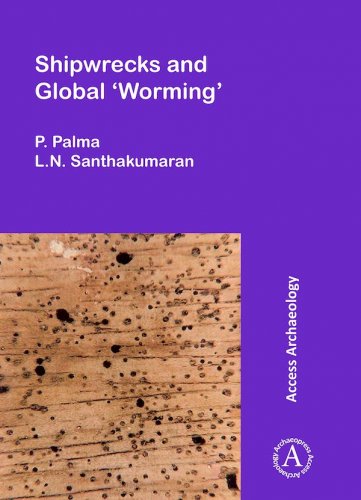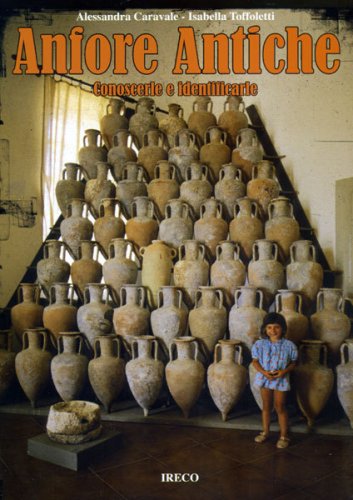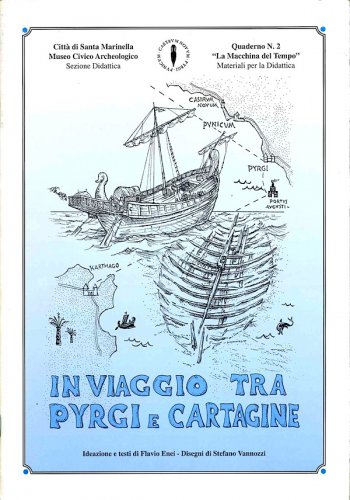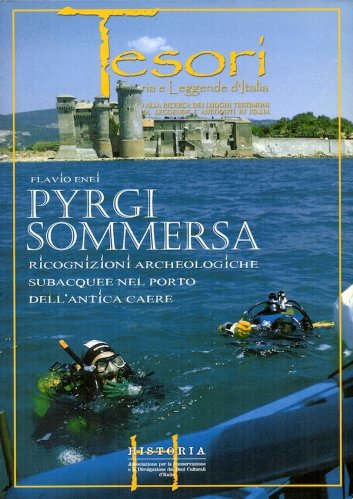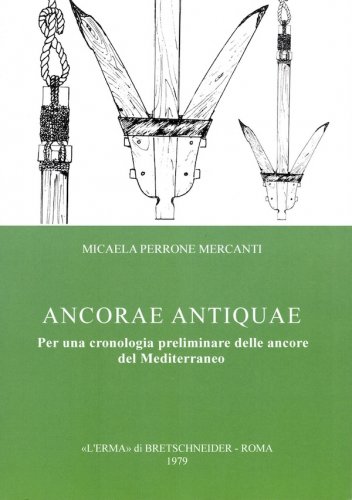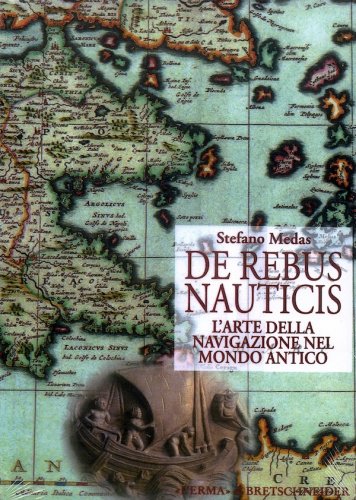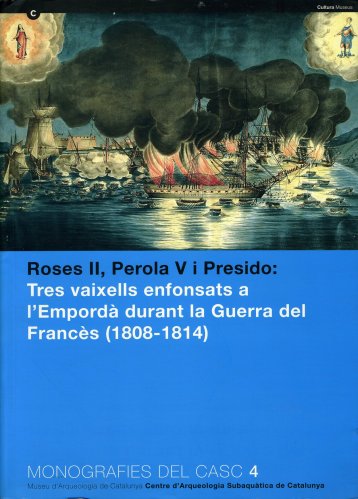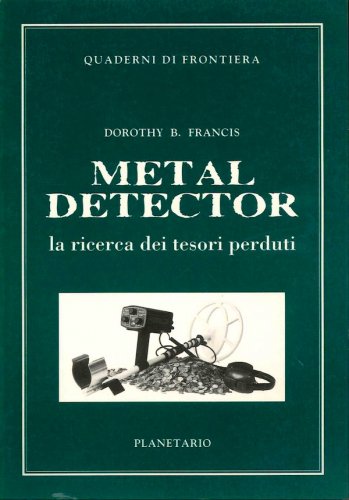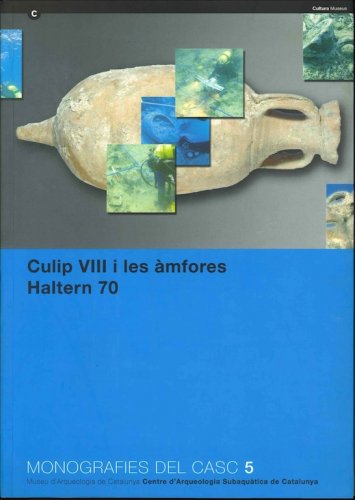Shipwrecks and global ‘worming’
Shipwrecks and global ‘worming’
- Disponibile in 7 giorni
- Possibilità di reso entro 10 giorni lavorativi
- Transazione sicura con carta di credito, Paypal o bonifico bancario
- Spedizione tracciata con SDA
Marine borers, particularly the shipworms, as destroyers of timber, par excellence, are well known from very ancient times. They attacked the wooden hulls of ships with such intensity that the weakened bottom planks broke up even due to a mild impact caused by hitting a rock or any floating objects inducing shipwrecks. Even the survival of sunken ships as wrecks depends on the mercy of wood-destroying organisms, which may turn these ‘port-holes’ to history into meaningless junks. The silent saboteurs, involved in several early shipwrecks, are the molluscan and crustacean borers, aided by bacteria and fungi. This paper presents an account of the marine wood-borers, together with a historical review of literature on their depredation on wooden ships, and on protective methods adopted from antiquity to modern times. The seriousness with which early mariners faced the problem of bio-deterioration and the fear the wood-borers created in their minds have been brought to light with, in some cases, excerpts from their journals and books. The anxiety and concern for protecting the ships from the ravages of wood-borers and for their own safety, as evidenced from their accounts, are discussed. Classification of various groups of marine wood-borers with notes on characters of systematic value and a complete list of species so far recorded in literature have been included under Appendix I and II. Methods employed to prevent damage to the boats included deep-charring, coating with pitch, coal-tar, whale oil and mustard oil with lime; scupper nailing (‘filling’); sheathing with animal skin, hair, tarred paper, wooden boards (untreated or soaked in coal tar, Ferrous sulphate, Copper sulphate or Lead monoxide); sheathing with metals (Lead or Copper sheets); plastic, neoprene coated ply-woods; and painting with Copper oxide, Pentachlorophenol or phenylarsenious oxide. None of these imparts complete protection. Recent archaeological investigations carried out in British waters, especially on ‘Mary Rose’, are also summarised. It is suggested that, though borers are instrumental in inducing ship-wrecks thereby enriching the materials for archaeological studies, excavations at known ship-wreck sites should be augmented to unearth valuable historical data, before they are lost to satisfy the insatiable appetite of these pests.

